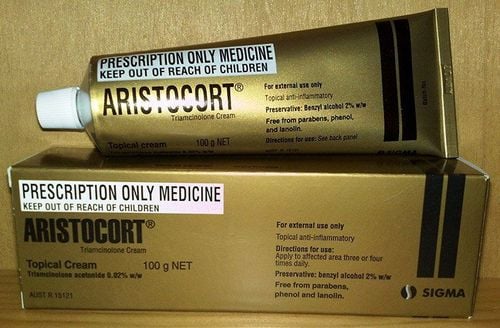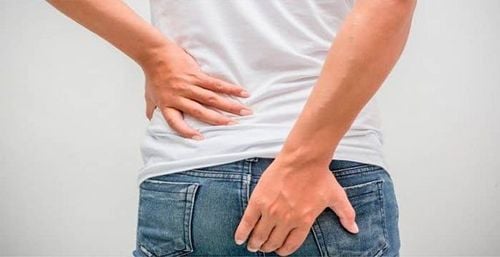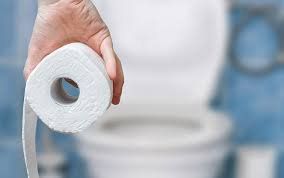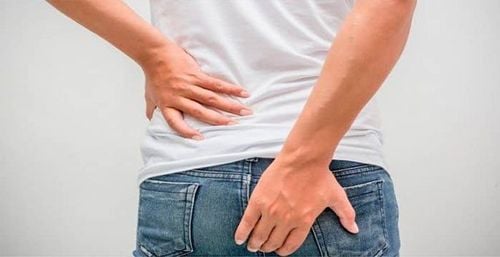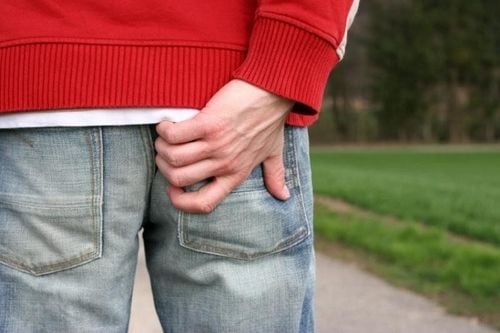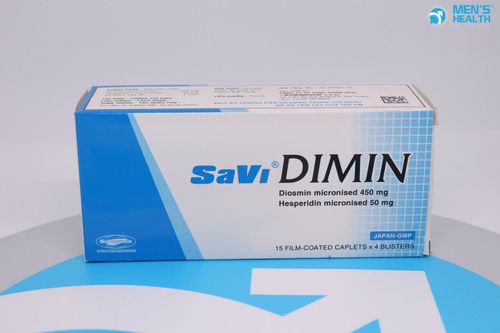This is an automatically translated article.
The article is professionally consulted by Master, Doctor Vu Huy Binh - Department of Medical Examination & Internal Medicine - Vinmec Hai Phong International General Hospital.With similar symptoms, many people confuse hemorrhoids with anal fissures. It is necessary to distinguish the symptoms of anal fissures and hemorrhoids for effective early treatment.
1. Anal fissure disease
Anal fissures are sores or cracks in the margin or anal canal. These cracks cause pain and bleeding during bowel movements. This disease usually has two stages:Acute anal fissure when the fissure is small, the fissure shows signs of mild inflammation. Patients will experience pain, which greatly affects their daily activities. The disease can be completely treated and minimized the risk of severe turning into chronic anal fissures. If not treated definitively and sooner, anal fissures turn chronic with deeper, wider fissures that produce lasting pain, discomfort, and fatigue.
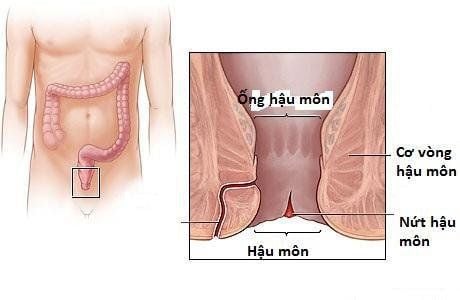
anal itching, there is an anal discharge, blood appears when defecating or even when not going, there is blood, anus always There is a feeling of wetness, discomfort because of itching. The anus is painful when defecating, urinating, even normally it is painful. The pain increases when defecating, constipation, the longer the disease, the worse the pain is. The blood sticks to the stool when defecating, bright red The skin around the anus is cracked, excess skin appears in the anus See more: Hemorrhoids from A to Z: Causes, signs and effective treatment
2. Anal fissure is different from hemorrhoids at what point?
While the manifestation of anal fissures is pain in the anal area when passing hard stools, even pain all day, in hemorrhoids is bleeding, protruding hemorrhoids only when the hemorrhoids are swollen and inflamed. discomfort, pain, entanglement.The torn skin in anal fissures may dissolve spontaneously, the skin in hemorrhoids does not
Hypertrophic anal papillomas are only associated with anal fissures, not hemorrhoids.
Anal fissures will appear fissures, see narrow holes, and in hemorrhoids will see hemorrhoids protruding out, protruding.
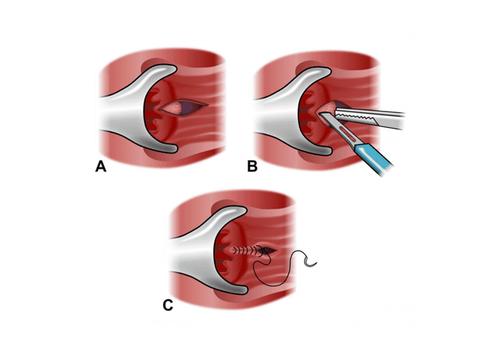
3. How to treat anal fissure?
Properly identifying the condition of anal fissures will have the right and effective treatment. Most patients with anal fissures do not need surgery. When anal fissure is acute, the patient should be treated by changing to a high-fiber diet, drinking plenty of water to reduce pressure in the anus when defecating. Depending on the condition, the doctor will prescribe medication placed in the anus to reduce pain and effectively fight inflammation. In addition, the patient can soak the anus in clean warm water for 10-20 minutes several times a day, especially after defecation to soothe and relieve anal pain, heal anal fissures quickly. than.Patients with chronic anal fissure are often prescribed by doctors for long-term medical treatment, if there is no progress, surgery will be performed to effectively end anal fissures.
However, anal fissures often recur, the patient must know how to maintain and minimize the risk of recurrence by not passing solid stools or causing other injuries in the anus. By maintaining a reasonable diet and living according to the advice of a specialist, the patient will limit the risk of recurrence after treatment.
Anal fissures, as mentioned above, are easy to confuse with hemorrhoids, so when patients have symptoms, they need to go to the doctor immediately to determine the right disease, get the right treatment as soon as possible and most effectively.
Please dial HOTLINE for more information or register for an appointment HERE. Download MyVinmec app to make appointments faster and to manage your bookings easily.





